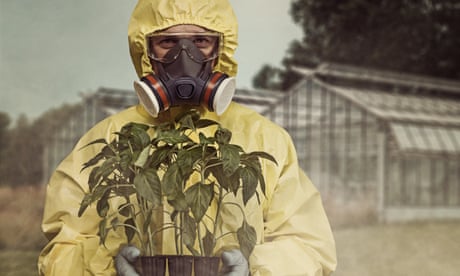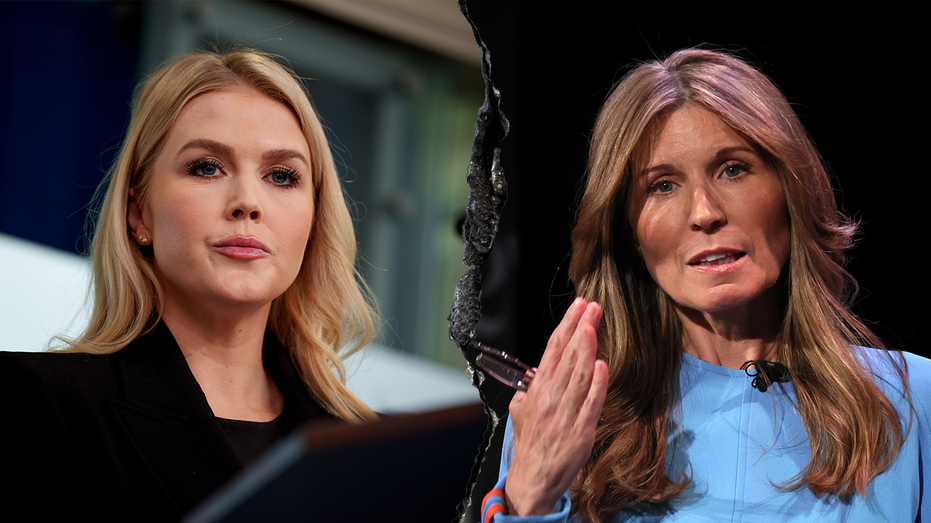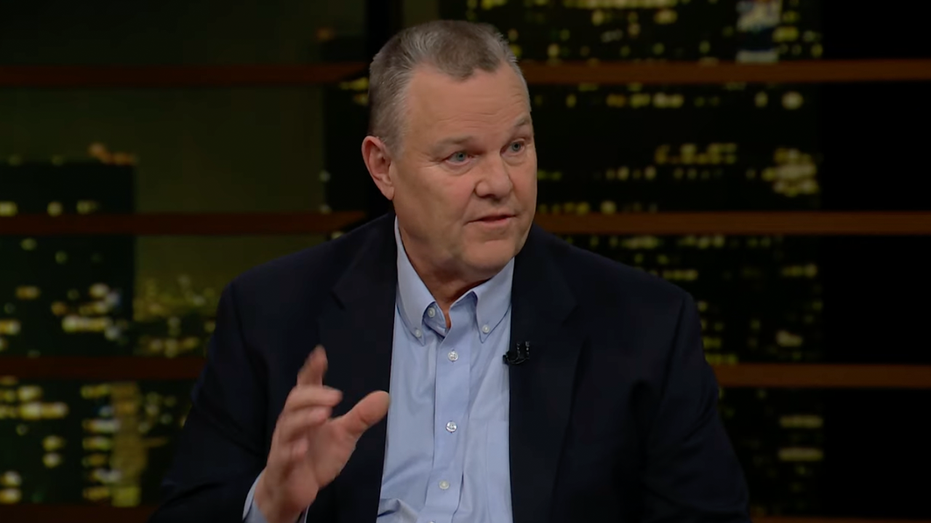- by foxnews
- 09 Mar 2025
Australian food is grown with dangerous chemicals banned in other countries
Australian food is grown with dangerous chemicals banned in other countries
- by theguardian
- 27 Sep 2022
- in news

At the height of the mouse plague in Australia last year, the floors of farm sheds were alive with mice.
Around the world, bromadiolone is heavily restricted to mainly indoor use, usually by professionals, because of the risk of mass deaths to native wildlife such as eagles, owls, falcons and other animals who eat mice.
It was typical of the approach to pesticides in Australia, where more than 70 chemicals no longer in use in Europe because of their toxicity to humans, animals and the environment are still in routine use.
In a rare show of strength, the regulator refused emergency approval. But that was not the end of the matter: a more considered review of rodenticide use is now under way with a decision expected by the end of next year.
There is concern that the proposed trade deal between Australia and the UK will allow food treated with dozens of chemicals banned in the UK to be imported for sale to British consumers.
Australian food is also allowed to contain residues of dimethoate, which is banned in the UK because of the potential risk posed by long-term exposure through diet.
Permitted maximum pesticide residue levels are much higher too, they say.
Yet the issue of pesticides regulation passes under the radar in Australia, with consumers lulled into a sense of security by the portrayal of Australia as a source of clean food.
She points to a raft of pesticides and herbicides that are still in routine use in Australian agriculture, which have been deregistered in Europe. Some, such as chlorpyrifos, which has been linked to brain development issues in children, are banned in the US as well.
In contrast, chemicals used in Australia can remain on the market indefinitely. It is up to the regulator to decide, based on scientific evidence and international developments, whether a review is needed.
One particularly alarming aspect of the Australian system is that reviews can take decades, with some reviews of widely used products under way since the mid-90s. In the meantime the chemicals remain in use.
Asked why they take so long, Immig said she believed it was a deliberate strategy to ensure chemicals under a cloud overseas can continue to be sold in Australia.
The regulator, the Australian Pesticides and Veterinary Medicines Authority (APVMA), explained the delays this way:
Chemicals in use in Australia but banned overseas include:
Paraquat
Neonicotinoids
This family of pesticides has been blamed for the dramatic fall in numbers of European honeybees, which threatens pollination of crops.
Atrazine
There is evidence that it interferes with reproduction and development and may cause cancer. It also causes disruption of ecosystems in waterways, including coral reefs.
Chlorpyrifos
Has been linked by the European Food safety watchdog to brain damage in children and classified as presumably being toxic for human reproduction.
See the full dirty dozen: 12 chemicals that are banned overseas but still used in Australia.
Soon after being elected it repealed legislation introduced, but not finalised, by the Gillard government that would have established a systematic re-registration scheme for pesticides, as occurs in Europe.
But perhaps the most disastrous move was the effective gutting of the APVMA, which then agriculture minister, Barnaby Joyce, directed to relocate to his home town of Armidale, NSW.
The result was the loss of half the staff, including over half of the specialist regulatory scientists who declined to relocate.
The brain drain prompted a 2019 senate inquiry into the APVMA to conclude the capacity of the regulator had been severely compromised by the move to Armidale.
The APVMA has now re-opened a branch in Canberra, where about one-third of its staff now work, and while its staffing levels have recovered, it has lost decades of expertise.
Environmental groups argue this effectively means the onus in Australia is on the regulator to prove harm, not the chemical company to prove safety, as is the case in Europe.
- by foxnews
- descember 09, 2016
'Speaker scum' on flights sparks debate among travelers: 'This is getting out of hand'
A traveler asked social media users to weigh in on flyers who play audio aloud on their devices and don't use headphones.
read more


